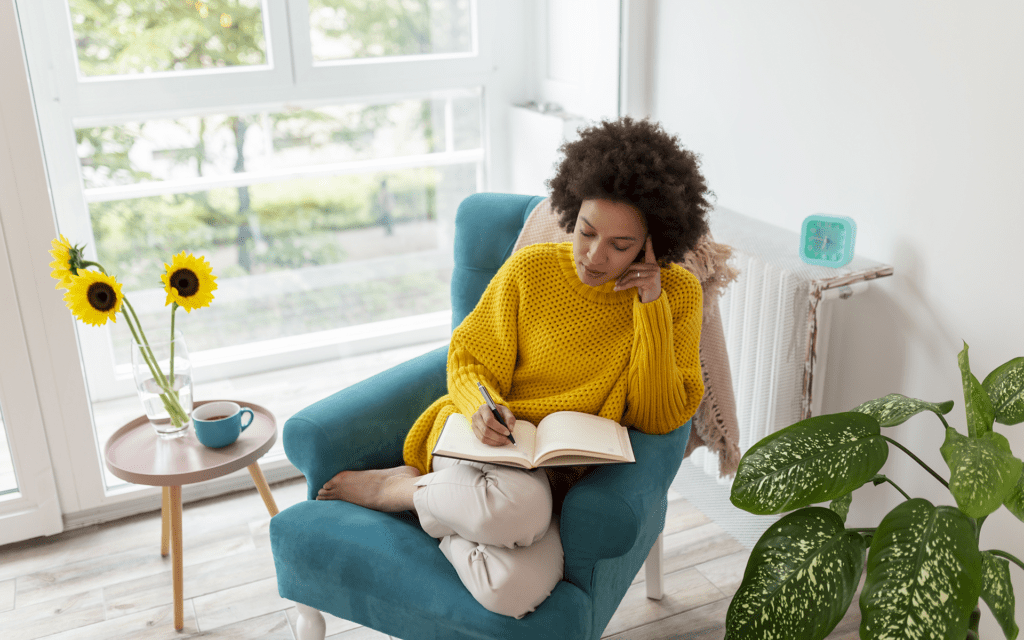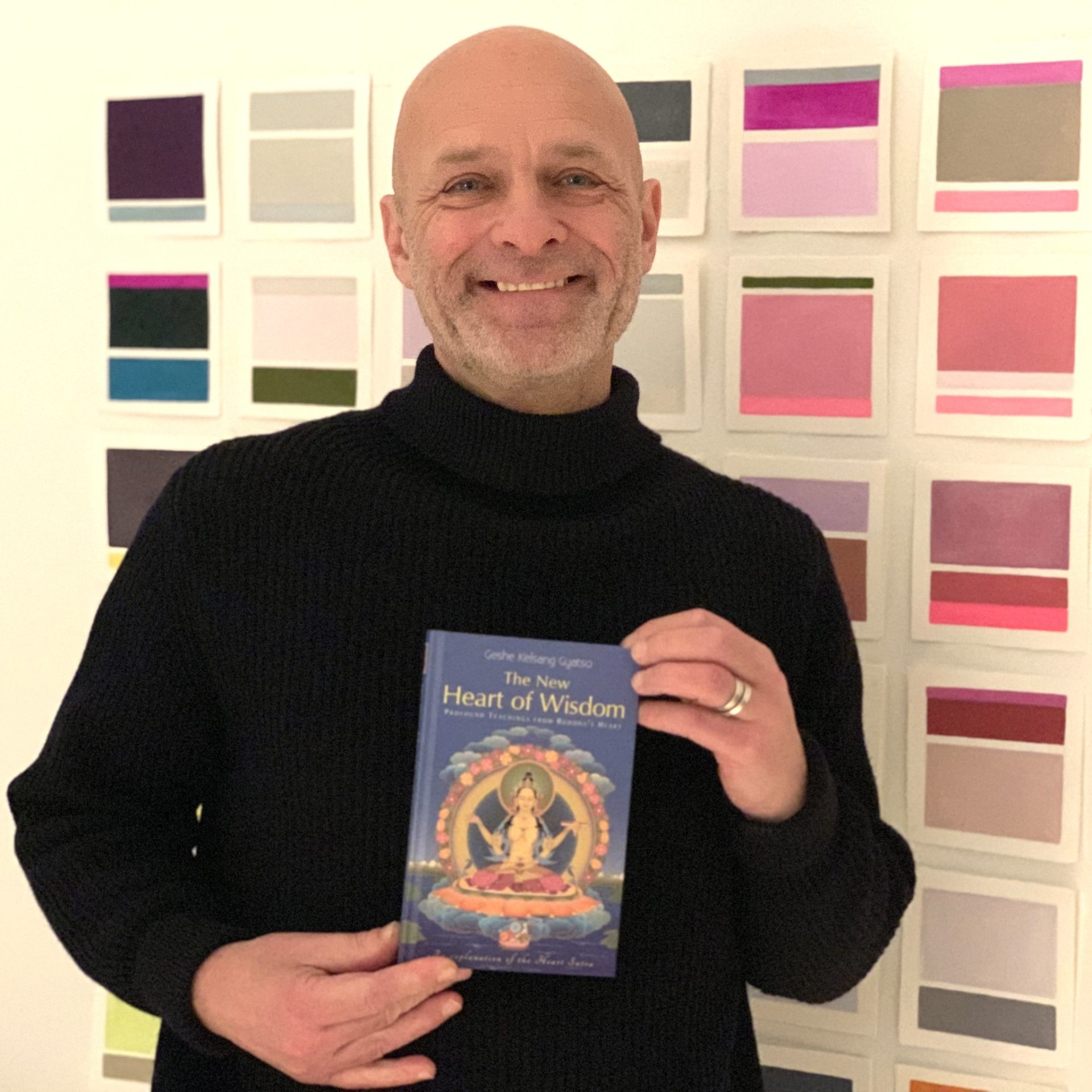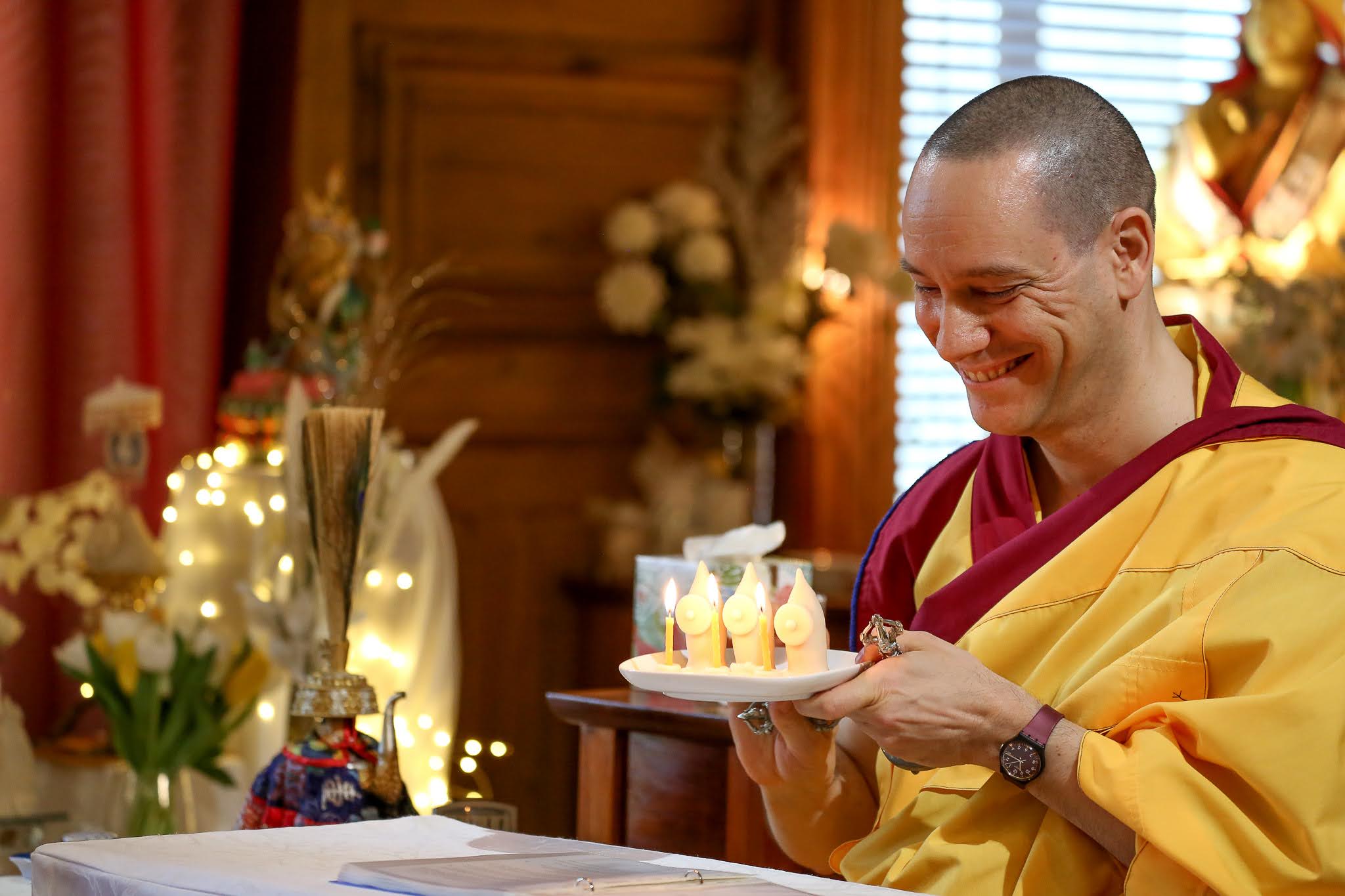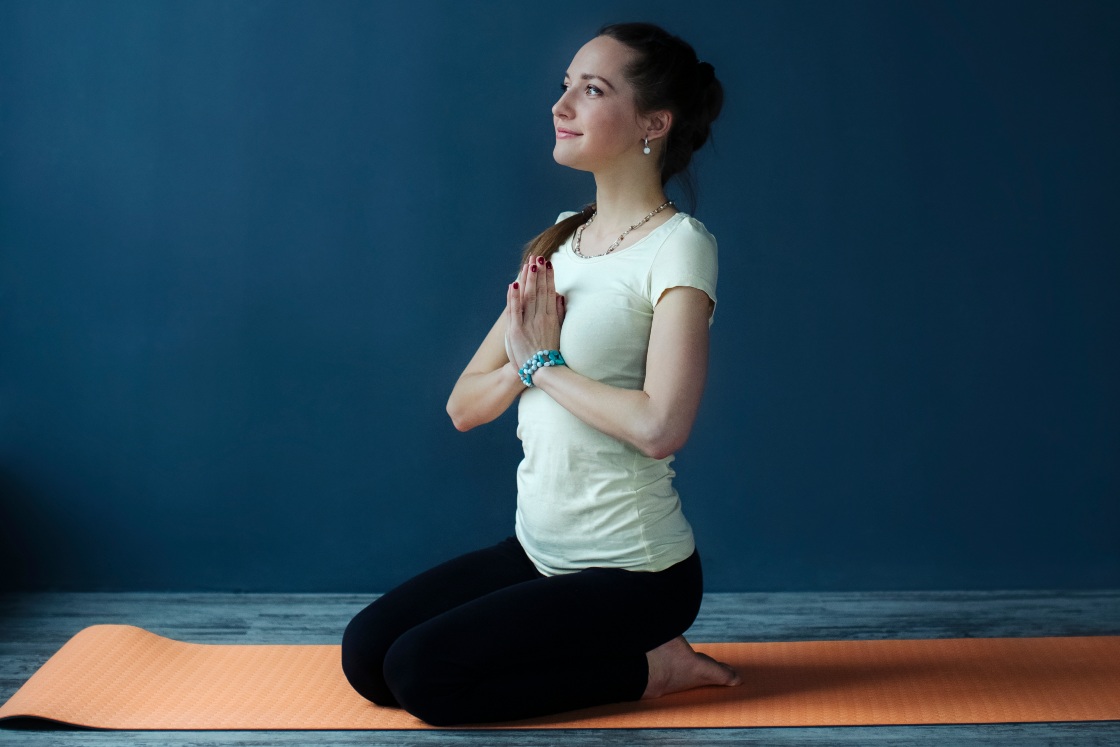The invitation is to connect with your senses in a real or imagined setting. What do you hear? What do you smell? Note the emotional content of the space. And when you’re done, take what you learned to the page in whatever way suits you.
Some of the elements of story include setting, character, plot, and theme. Setting is just that. It is the physical surroundings in which a story or scene takes place. We’re going to explore that together through a short practice. Grab your notebook or laptop (or whatever you use to write) and have that ready.
A Guided Meditation to Use as a Mindful Writing Prompt
A Guided Meditation to Use as a Mindful Writing Prompt with Stephanie Domet
Get comfortable in your space. Feel your body on the surface that you’re sitting on. Inhale and exhale. And just let your eyes close.
Bring to mind a setting or a space. This can be a setting for a story that you’re working on. This could be a real space that you’ve been in that you want to write about. If you don’t currently have a story that you’re working on or you don’t know what to do, you could summon up any familiar space. A childhood bedroom or a store you used to work at. Any space that you can bring into your mind, real or imagined. Arrive in that space. Feel yourself in the middle of the room.
In your imagination, and only in your imagination, open your eyes and take a look around the space that you’re in. Look all around this space. Look up high. Look down low. Look in every direction, in every corner. Let your eyes run all over this space and take in the visual details of it. Notice the dimensions of the space that you’re in. Notice the colors. Notice the textures. Observe the way light enters the space. What is there for the light to bounce off or be absorbed by? What sort of condition is the space in? Has it been well looked after? Is it a bit of a shambles? Somewhere in between? What kinds of objects are present in this space? What’s being prioritized or celebrated in this space? Make sure that you take your time, slow down, and have a good look around. You can look in an unrestrained way. No one is watching you do this. So drink up all the details.
You can begin to ask yourself a few questions as prompts. What can you tell about the people who use this space based on what you’ve seen? What conclusions can you draw? What questions might arise for you about these people? Take it all in.
Now, tune in to your sense of hearing. What is there to hear in this space? Perhaps human voices, animal sounds, creaks of floorboards underfoot. The sound of rain outside. Some guttural, terrifying sounds that you can’t identify perhaps. What’s here to hear? And what can you learn about this space based on what you hear?
Next, take a big, deep inhale through your nose and notice the scents that arise. What does this place smell like? What are these aromas telling you about who uses the space and how they use it? What else is present here that you might not have observed already? The lemony scent of old books. That sort of corn chip smell of a cat’s paws. Something delicious baking just outside this frame. Something dank like an old basement. What story are you getting through those senses?
Now in your mind’s eye, stretch out your hand. What’s here that you can touch? What can you learn about this space through your skin? Run your hands over the surfaces. Perceive the texture and the temperature of the space. Think about how you’ll describe this later. What do these textures remind you of? How can you compare the feel of this to the feel of that and put me in the space with you?
What is there to taste here? Now this is just tasting in your imagination, so whatever you taste won’t harm you. What are the flavors associated with this space? What information can you gather from those? Perhaps the ocean is nearby and you can just taste the salt on your lips. Maybe something’s on fire and you can taste the smoke in the back of the throat.
And now what about your felt sense in this space? What’s the
emotional content of this space? What is it evoking in you? What feelings arise in this space? Is this a light celebratory space or a boring or anxious in-between kind of space? Or a sad and tragic type of space. Perhaps there’s fear associated with this setting. Try to tap into that emotional information.
Check in with your breathing. Inhale and exhale. Inhale and exhale. And then touch in once more with each sense. Take a look around. Is there anything new to observe that you didn’t see the first time? Make sure you listen to what’s here through your ears. Inhale the scent of this place. Taste the flavor. Feel the texture. Note the emotional content. Inhale. Exhale.
Open your eyes when you’re ready and take what you learned to the page in whatever way suits you.


 Hollif
Hollif 































